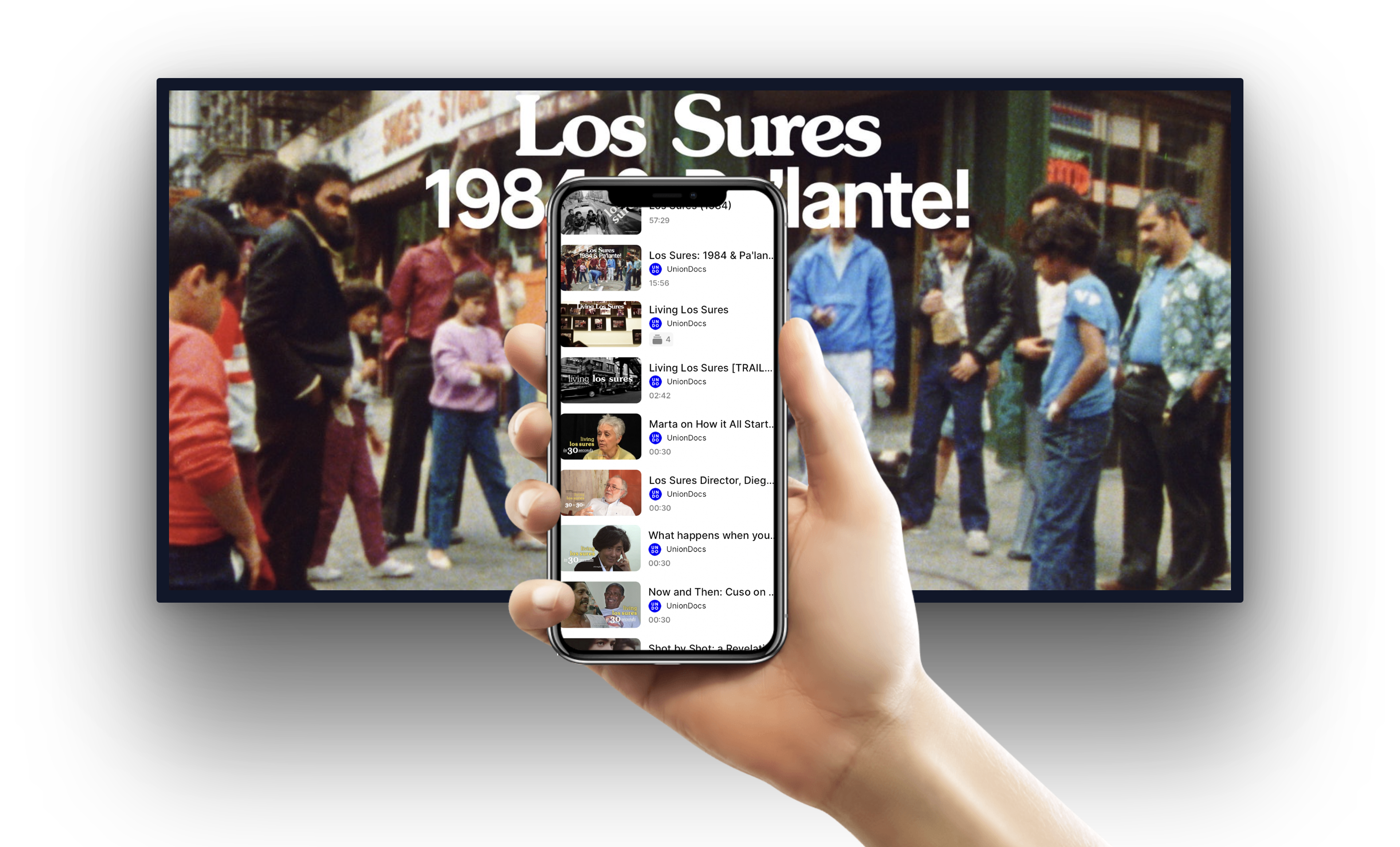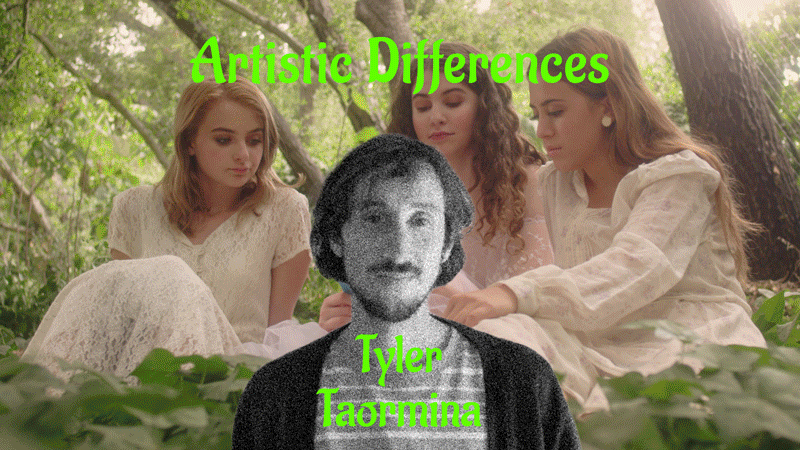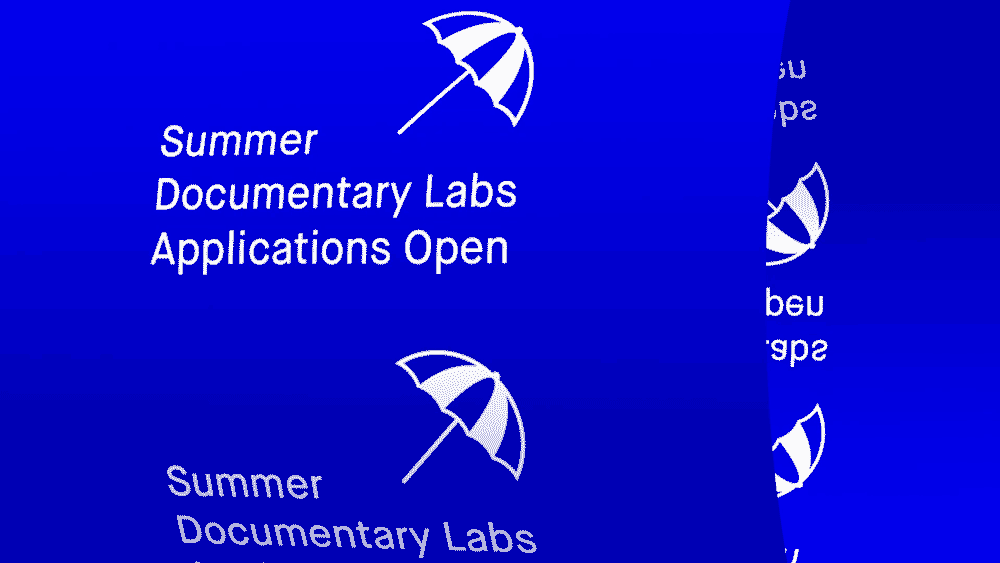
- This event has passed.
May 16, 2010 at 7:30 pm
Remake/Remodel 1: Thomas Zummer presents Stefaan Decostere
With Thomas Zummer
Screening and discussion of two works by Stefaan Decostere, curated by Thomas Zummer.
Part 1: Screening
Warum Wir Männer die Technik so lieben/Why We Men Love Technology So Much
(1985, 57 minutes, color, sound, video, produced by BRTN/Belgian television)
A program on war, technology and perception, with interviews with Paul Virilio, Jack Goldstein, and Klaus vom Bruch
Lessen in Bescheidenheid/ Lessons in Modesty (selections from)
(1995, 90 minutes, color, sound, video)
Decostere looks at the inherent paradox in the conception of the future by scientists from the San Francisco area, who praise the merits of an on-line virtual community which will ultimately allow users to never leave the periphery of their neighbourhoods. In ‘Lessons in Modesty’, artists are made to experience and comment on the fiction of empowerment through high technology. Clearly two models of artists are set up before us. There are those who come out of studios, taking their work to in situ performance spaces, away from art institutions which are still suspicious of high tech, using their bodies as sites and receptacles of the techno-experience. And there are those whose studios are corporations such as Xerox and NASA, and who project a distance from the body. The first category addresses issues touching the materiality of the body head on. The second category is invested with a mission, a task: constructing a new time for a new body. This task is neither sacred nor profane; it is divine creation itself and the Mecca is the American West Coast.
Part 2: Seminar
Index, Affect, Artifact: Philosophical Aspects of Documentary Practice
‘Machines for seeing modify perception.’ -Paul Virilio
This seminar will examine contemporary accounts of documentary from a philosophical, critical and theoretical perspective, starting with early accounts, inherited from photographic practices, of the indexical relation between the media apparatus, the world, and media artifacts. From Walter Benjamin to Friedrich Kittler, via Bergson, Deleuze, Foucault, Virilio, Stiegler, Bolz, Derrida, and others, the philosophical interrogation of technically reproduced ‘realism’ circumscribes an immensely complex, rich, and roductive field. We will discuss aspects of a contempory theory of mediation/remediation by looking firsthand at a variety of works and excerpts. We will also discuss texts by Jay Leyda, Joris Ivens, Theodor Adorno, Giorgio Agamben, and others. References and Reading lists will be made available in class.
screenings of excerpts:
—Land Without Bread, Luis Buñuel
—Arbeiter Verlassen die Fabrik/Workers Leaving the Factory, Harun Farocki
—Videogramme Einer Revolution/Videograms of a Revolution Harun Farocki/Andrei Ujica
—CBS News, Dan Rather in China (broadcast television)
Stefaan Decostere studied film direction at the National Film School RITS in Brussels. Finishing in 1978, he directed his first documentary on Marcel Duchamp. From 1979 until 1998, he worked as director and producer for the Arts Department of the Flemish Belgian Television (the former BRTN). He was amongst a handful of truly innovative directors working in television, creating new forms for increasingly complex ideas. Decostere approached the television medium as a serious platform for his specific ideas about media analysis, structural experimentation and video-graphic creation. In his documentaries he became increasingly critical of the medium he employed, a form of essay in which he responded to codes that uphold mainstream television programming. His television documentaries include productions for Belgian Television BRTN, co-productions for the Banff Center for the Arts, CBS, Channel Four, INA, NOS, TVE and VPRO.??Central to Decostere’s journey of discovery towards a radical, new visual language was his creative use of editing. Because of this, even today, his documentaries remain more than a report about their subject. Unlike ‘normal’ television productions, for the viewer, Decostere’s programmes offer a challenge. Because they approach themes and subjects from several perspectives, or offer an opportunity for reflection and introspection, they force the viewer to take an active stance.
Thomas Zummer is an independent scholar and writer, artist and curator. He is the author of articles on mediation and virtuality, including “Projection and Dis/embodiment: Genealogies of the Virtual,” in Into the Light: The Projected Image in American Art 1964-1977,” Chrissie Iles, ed., Whitney Museum of American Art/Harry Abrams, “Arrestments: Corporeality and Mediation,” in Suturas y fragmentos: Cuerpos y territories en la ciencoa-ficción/Stitch and Split: Bodies and Territories in Science Fiction, Nuria Homs, Laurence Rassel, eds., Fundacion Antoni Tapies/Constant vzw, Barcelona/Brussels, and “Variables: Notations on Stability, Permeability, and Plurality in Media Artifacts,” in Saving the Image: Art After Film, ed. Tanya Leighton, Pavel Buchler, [Glasgow and Manchester: Center for Photography/Glasgow and Manchester Metropolitan University]. Other publications include an e-book entitled “What the Hell is That?” (Beehive, 2000) an experimental and humorous look at the rhetoric of cinematic monstrosity; he has also written essays on Eleanor Antin, Vik Muniz, Leslie Thornton, Heleen Decuininck, Harun Farocki and others, and he is currently completing a book on photography, and working on Intercessionary Technologies: Database, Archive, Interface, a study of the early history of reference systems. In 1994 Mr. Zummer curated CRASH: Nostalgia for the Absence of Cyberspace, with Robert Reynolds, one of the first major exhibitions to have a significant portion of digital/online works and works in/as other forms of transmission. He and Mr. Reynolds also edited the book accompanying the exhibition. Mr. Zummer has also curated exhibitions at the Wexner Center for the Arts, CinéClub/Anthology Film Archives, Thread Waxing Space, the Katonah Museum of Art, and the Palais des Beaux-arts/Brussels In 1995 Thomas Zummer won 5th Prize in the ACA/CODA Architectural Design Competition for the City of Atlanta for the 1996 Olympics. Thomas Zummer’s drawings, media, and sculptural works have shown worldwide, with recent exhibitions at the Museum van Hedendaagse Kunst/Antwerpen, Fundacio Antoni Tapies, Barcelona, Mütter Museum, Philadelphia, Frederieke Taylor Gallery, Marcel Sitcoske Gallery, and White Box. Thomas Zummer is a frequent lecturer on philosophy, aesthetics, and the history of technology, and has taught at Brown University, New York University, The New School, the Transart Institute/Linz, and Tyler School of Art/Temple University. He is currently a Regular Visiting Professor in the Transmedia programme/post-graduate at the Hogeschool Sint-Lukas/Universite Leuven in Brussels, and Faculty in Philosophy at the Europäische Universität für Intisziplinare Studien/European Graduate School (EUFIS/EGS), Saas-Fee, Switzerland. Thomas Zummer currently lives and works in Brooklyn, NY.
Keith Sanborn is a media artist, theorist and translator based in New York. His work has been the subject of a number of one-person shows and has been included in major survey exhibitions such as the Whitney Biennial (twice), and festivals such as OVNI (Barcelona), Video Vortex, The Rotterdam International Film Festival, EMAF, and Oberhausen.
His theoretical work has appeared in publications ranging from Artforum and Kunst nach Ground Zero to exhibition catalogues published by MoMA (New York), Exit Art, and the San Francisco Cinematheque. He has translated into English the work of Guy Debord, Georges Bataille, Lev Kuleshov, Esther Shub, Paolo Gioli and Napoleon, among others.
He teaches at Princeton University and the Milton Avery Graduate School in the Arts of Bard College. In 2008, he taught at Smolny Institute in St. Petersburg on a Fulbright Fellowship while researching media in Russia.






